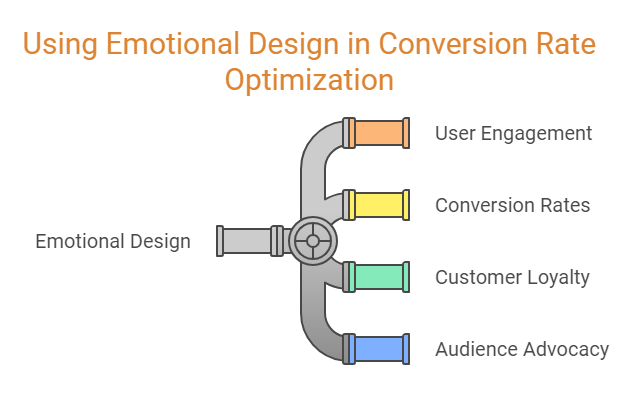In today’s hyper-competitive digital landscape, emotional design is no longer a luxury—it’s a necessity. By tapping into the psychology of your audience, you can create user experiences that resonate on a deeper level, leading to higher engagement and conversion rates. For small business owners, mastering this concept can be a game-changer in building trust, loyalty, and meaningful connections with your users.
In this post, we’ll explore the core principles of emotional design, its role in conversion rate optimization (CRO), and actionable strategies to implement it effectively. Let’s dive in.
Understanding Emotional Design
At its core, emotional design is about creating experiences that elicit specific emotions from users. These emotions drive behaviour, influence decision-making, and ultimately determine whether a user converts or not.
Don Norman’s Three Levels of Emotional Design
- Visceral Design: The initial, instinctive reaction to a product or interface. Think of the immediate “wow” factor when encountering a beautifully designed website.
- Behavioral Design: Focuses on usability and functionality. Positive emotions like satisfaction arise when users can easily navigate and achieve their goals.
- Reflective Design: Encourages users to interpret and connect with the product on a deeper level, often tied to personal values or identity.
“Good design is actually a lot harder to notice than poor design, in part because good designs fit our needs so well that the design is invisible.” – Don Norman
Understanding these levels allows you to craft experiences that engage users emotionally at every stage of their journey.
Essential Elements of Emotional Design
Colour Psychology
Colours evoke emotions and can significantly impact how users perceive your brand. For example:
- Red: Evokes energy, urgency, or passion.
- Blue: Conveys trust, calmness, and professionalism.
- Yellow: Represents optimism and creativity.
Ensure your colour palette aligns with your brand identity and the emotions you want to evoke. For more insights, check out this colour psychology guide.
Typography
Typography plays a critical role in setting the emotional tone of your content. For instance, serif fonts can feel traditional and trustworthy, while sans-serif fonts are modern and clean. Always ensure readability while aligning with your brand’s personality.
Imagery
High-quality, relevant images can convey complex emotions faster than words. Use visuals that resonate with your audience and reflect the emotions you aim to evoke. Tools like Unsplash can provide excellent free imagery resources.
Storytelling
Humans are hardwired for stories. Craft narratives that connect users with your brand’s values and experiences. This approach not only fosters emotional engagement but also builds trust and loyalty.
Crafting Emotional Design Strategies
Understand Your Audience
Effective emotional design begins with knowing your audience. Conduct user research to uncover their emotional drivers, values, needs, and pain points. Tools like surveys, interviews, and analytics can provide valuable insights.
Define Emotional Goals
What emotions do you want your audience to feel? Whether it’s trust, joy, or empathy, clearly define these goals to guide your design decisions.
Integrate Emotional Elements
Weave emotional triggers throughout the user experience. This could include using warm colours to evoke trust, storytelling to build connection, or playful animations to spark joy.
Implementing Emotional Design
Prototype and Test
Before launching, create prototypes and test them with real users. Observe their emotional responses and gather feedback to refine your design.
Iterate and Refine
Use insights from testing to enhance elements that trigger the desired emotional responses. Emotional design is an iterative process that requires constant tweaking.
Launch and Learn
Once live, continuously gather user feedback and monitor analytics to identify opportunities for improvement. Emotional connections deepen over time, so remain agile and responsive.
Best Practices for Emotional Content Design
- Focus on Benefits, Not Features: Highlight how your product solves problems and improves lives.
- Use Compelling Visuals: Incorporate imagery, videos, and infographics that evoke positive emotions.
- Craft Persuasive Copy: Write in a tone that resonates with your audience’s emotions and aspirations.
- Be Genuine and Authentic: Avoid manipulative tactics. Sincerity builds trust and loyalty.
Conclusion
Emotional design is a powerful tool in CRO, enabling you to connect with your audience on a deeper level. By understanding and leveraging user emotions, you can create experiences that not only convert but also foster long-term loyalty and advocacy.
Ready to implement emotional design in your business? Start by analysing your audience and defining the emotions you want to evoke. Remember, the key is to remain authentic and user-focused at every step.
Take action today: Review your current design and identify opportunities to integrate emotional elements. Your audience—and your conversion rates—will thank you.
If you found this post helpful, check out our related articles:

